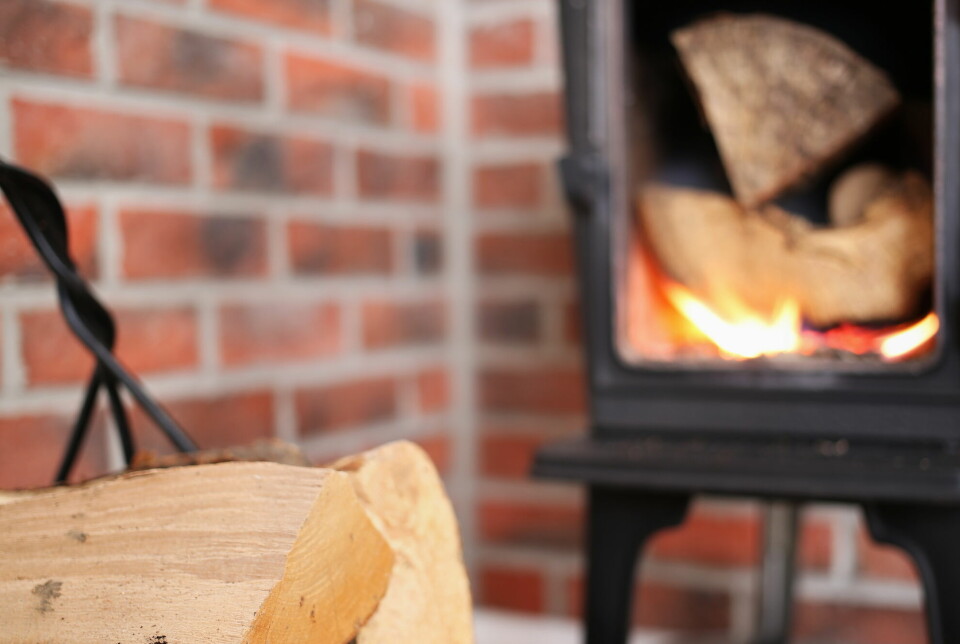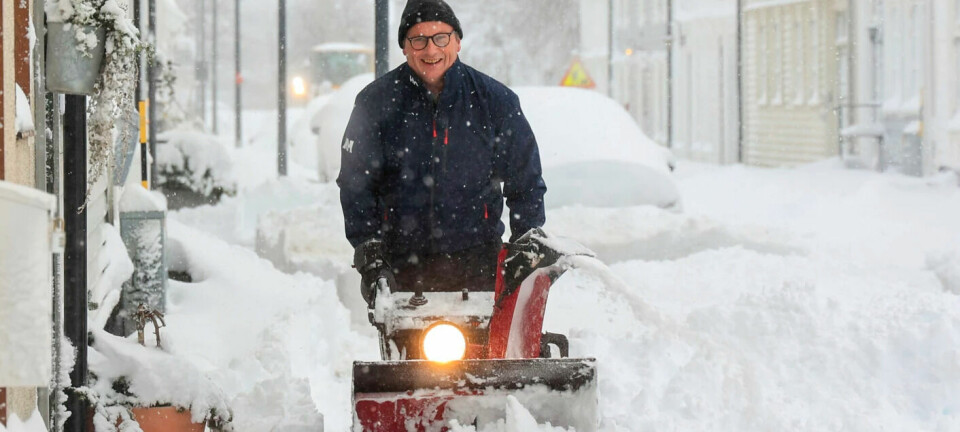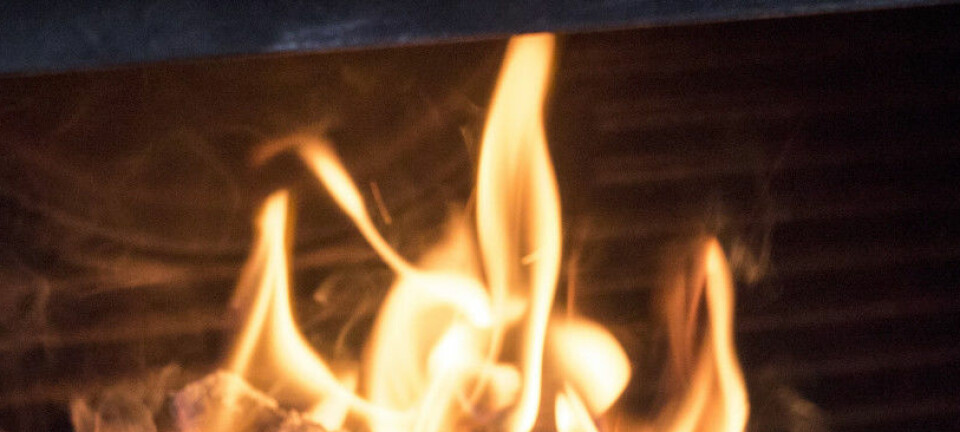
Wood burning: Researcher's 10 tips for getting the most out of each log
Some wood burners are far more expensive to use than others.
Light up and make sure to feed the flames occasionally, and they will do the job. Wood burning may seem straight forward.
However, there is room to optimise the wood burning – then you get the most heat for each log.
Øyvind Skreiberg is the chief scientist at SINTEF Energy Research. He has been researching this for years. During severe cold spells, his expertise becomes highly sought after.
“Everyone wants electricity when it’s at its coldest. Wood burning can significantly alleviate these peak energy demands,” Skreiberg tells sciencenorway.no.

Incorrect temperature results in poor efficiency
Every wood stove is calibrated for a particular quantity of wood and airflow. This ensures optimal performance relative to the stove’s size. Achieving the ideal combustion temperature is crucial for the stove to completely burn off the gases, Skreiberg explains.
Moreover, each wood burner has an effective operating power range. The minimum effective power varies from stove to stove.
In many stoves, for instance, the efficiency drops substantially if the wood input goes below 50 per cent of what the stove is designed to handle.
This leads to poor combustion in your wood burner.
“You need a certain temperature in the stove to burn the gases released from the wood,” he says.
Climate-friendly solution?
Heat pumps, geothermal heating, and solar power are emerging solutions aimed at reducing emissions, including both particulate matter and greenhouse gases.
Does wood burning, with its associated emissions, represent a viable method for the future? Will it still be prevalent in 50 years?
“I believe wood burning will still be around in 50 years, though the methods may evolve,” Skreiberg says. “Several factors influence emissions. It depends on your burning technique and also the state of your chimney.”
In Norway, wood burning is considered carbon neutral. The CO2 emissions from wood burning are not included in environmental accounts. Instead, it is believed that these emissions are reabsorbed by nature, according to Statistics Norway (link in Norwegian).
Wood burning undoubtedly leads to some particulate pollution. The problem is most significant in cities during cold weather. However, significant advancements have been made and continue to be made in burning techniques.
Most viewed
Do you have a clean-burning stove?
Skreiberg highlights several key factors for efficient wood burning: the type of wood used, wood quality, moisture content, the amount loaded into the stove, and the lighting technique.
The difference between old and new stoves should not be underestimated.
“Clean-burning wood stoves were introduced in 1998, featuring a revolutionary combustion principle,” the researcher says.
These stoves supply air from several places. This makes the combustion process more efficient and significantly reduces emissions. A new stove burns more of the wood compared to an old one.
“This combustion principle has also been greatly improved over the past 25 years,” he says.
Improved stoves lead to cleaner wood burning in Norway
A 2023 study by SINTEF and Skreiberg revealed that wood burning is increasingly associated with lower emissions.
This is partly due to the gradual replacement of old wood burning stoves with new models.
You can play a role in reducing emissions by adopting correct lighting and maintenance techniques for your fires.
In a blog post on SINTEF’s website, Skreiberg has organised this information the ten commandments of wood burning stoves. You can find them in the fact box below.
Lose heat from unburned wood
Old habits of wood burning can be hard to change.
“Many still use old methods, like igniting newspaper at the bottom of a cold stove and then swiftly restricting the air flow to make it last longer,” Skreiberg says.
“This leads to significant heat loss due to incomplete combustion, resulting in higher emissions,” he adds.
Spruce is ideal kindling
Researchers at the Norwegian Institute of Bioeconomy Research (NIBIO) are also passionate about wood burning. In January 2022, NIBIO published an article on forskning.no offering fire-lighting tips (link in Norwegian). Senior adviser Simen Gjølsjø and chief engineer Eirik Nordhagen shared their advice.
Nordhagen emphasised the importance of using dry wood and ensuring adequate air intake in the stove.
“Spruce is great for kindling. It doesn’t contain as much energy per log. We recommend using firelighters,” he said.
Recommends top-down firelighting
Both the researchers at NIBIO and SINTEF’s Skreiberg agree on the importance of lighting the fire from the top.
This approach ensures a more even burn, allowing the flames to more readily consume the gases.
"If you activate the whole log pile at the same time by lighting up at the bottom, it will take significantly longer to reach the temperatures required to achieve a clean combustion, and the emissions will be higher,” Skreiberg elaborates in his fourth commandment.
———
Translated by Alette Bjordal Gjellesvik
Read the Norwegian version of this article on forskning.no







































